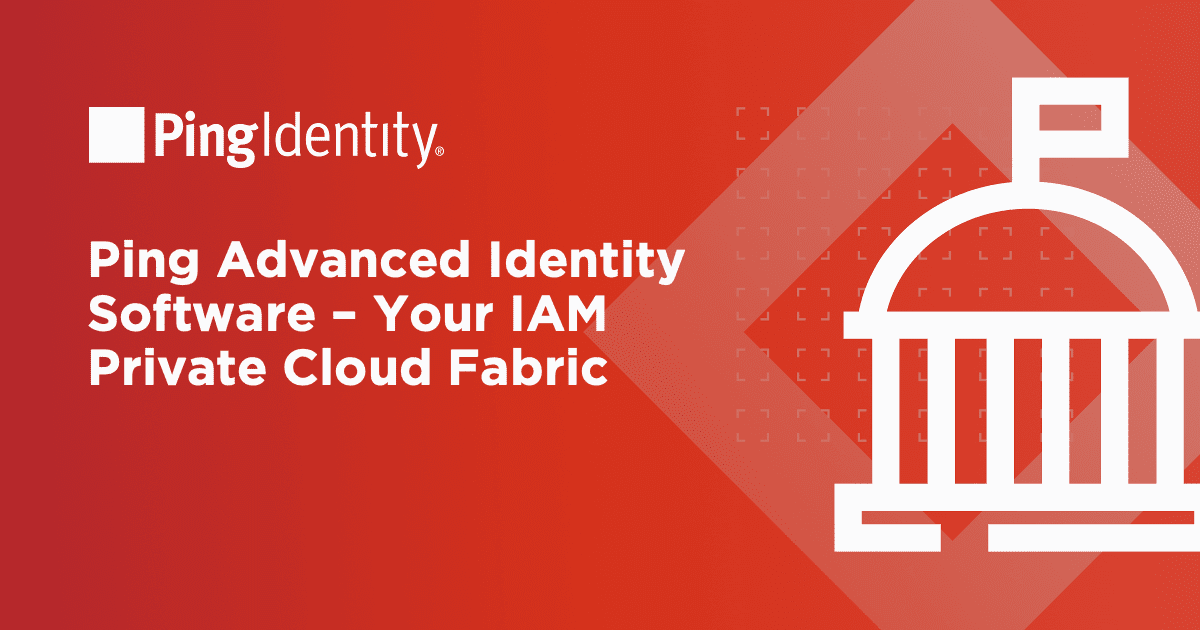Whether you’re migrating your ecosystem to a new infrastructure and need to bring your entire database over (this would be zero downtime migration – more on that later), or launching a new version of your application, zero downtime deployment (ZDD) lets you complete the process from start to finish without any downtime that would otherwise impact your users’ experience and thus your revenue.
Zero Downtime Deployment: The Basics
There are numerous ways for IT teams to facilitate deployments of applications, and ZDD is just one of them.
One of the main characteristics of ZDD is that it’s done in such a way that the user is not aware of any downtime taking place while you deploy the new version of the application on your network. This means that the web server doesn’t release the altered code or the changes until the entire deployment is complete.
And as this is a task that companies have to do more often than most users realize, continuously running successful ZDD is an essential part of maintaining company reputation with customers. This is because customers expect companies to be up and running 24 hours a day, seven days a week, 365 days a year. At the same time, they expect applications to work efficiently without any bugs. This is why ZDD is so important.
The Difference Between Zero Downtime Deployment and Zero Downtime Migration
In addition to ZDD, there’s also zero downtime migration (ZDM). Although the two work similarly, ZDD refers primarily to zero downtime for new applications and/or services, while ZDM refers to zero downtime for migrating from one ecosystem to another.
For instance, when a company wants to migrate from its legacy/on-premise infrastructure to a cloud or hybrid infrastructure, this can be a big overhaul that makes C-level leaders hesitant about making the leap. However, ZDM can allow the company to transition without preventing its users from interacting with its services during the process.
Examples of Zero Downtime Deployment
Any industry that operates in the digital space would benefit from ZDD. After all, how frustrating is it when you try to access an app you use regularly, only to find that the app or website is “conducting maintenance”. Now what? You may go to the competition.
But there are certain industries that rely on this version of deployment more so than others, such as banks, ecommerce (especially during the holiday season), communication, fintech, and security companies. Some examples of ZDD in these contexts are:
A bank needs to update its website but needs to make sure users can still log in to their accounts during this process. If they can’t, they may choose another bank.
A retail website needs to update its payments page, but Black Friday is around the corner and the company cannot risk any downtime. If it does, its users may shop elsewhere.
A video call company requires automatic software updates, but the updates can’t impact the millions of calls their users need to have. These services need updates frequently, and users who have to spend time doing updates might go to another platform.
A ride-sharing app requires an update, but if there is downtime, users may book a ride with another service because they can’t wait for the updates to complete.
So what does ZDD actually look like from the front end? Well, not much – and that’s the point. From the user’s point of view, successful ZDD means they’ll barely notice that something is happening, until maybe they’re on the next screen and they’ll think, “Hey, this looks different than I remember!” Or, maybe the app was a little slow for a few moments. Whatever the case, it won’t be very apparent.


